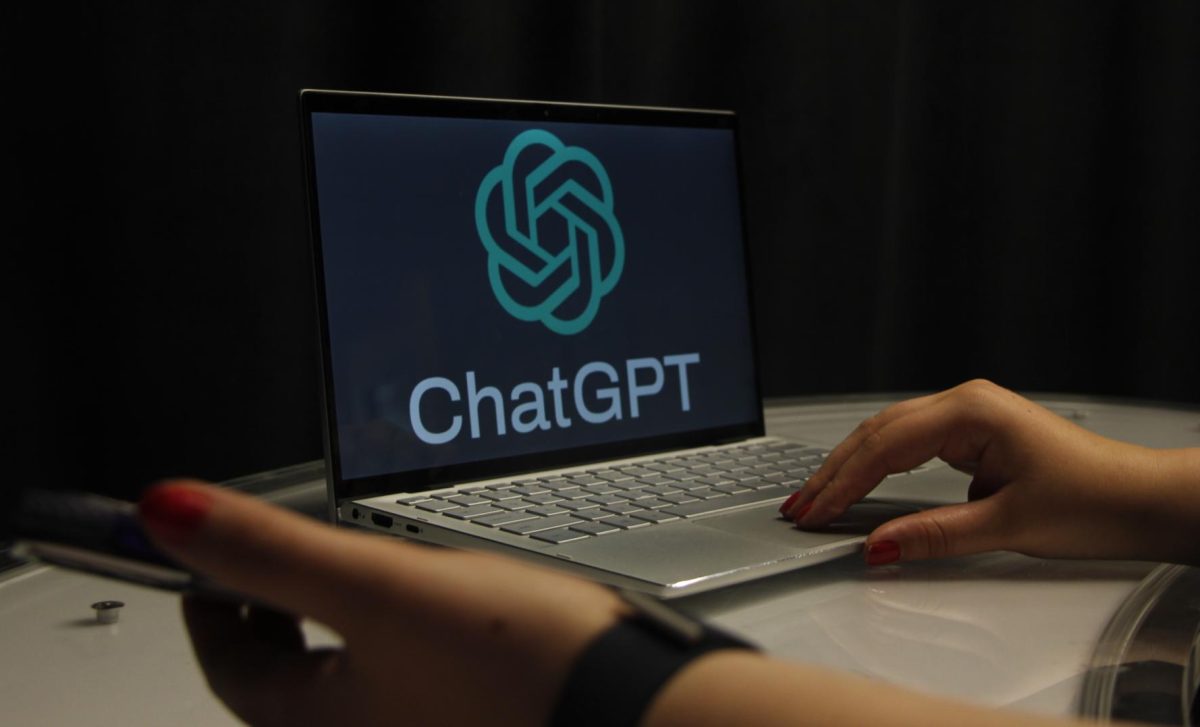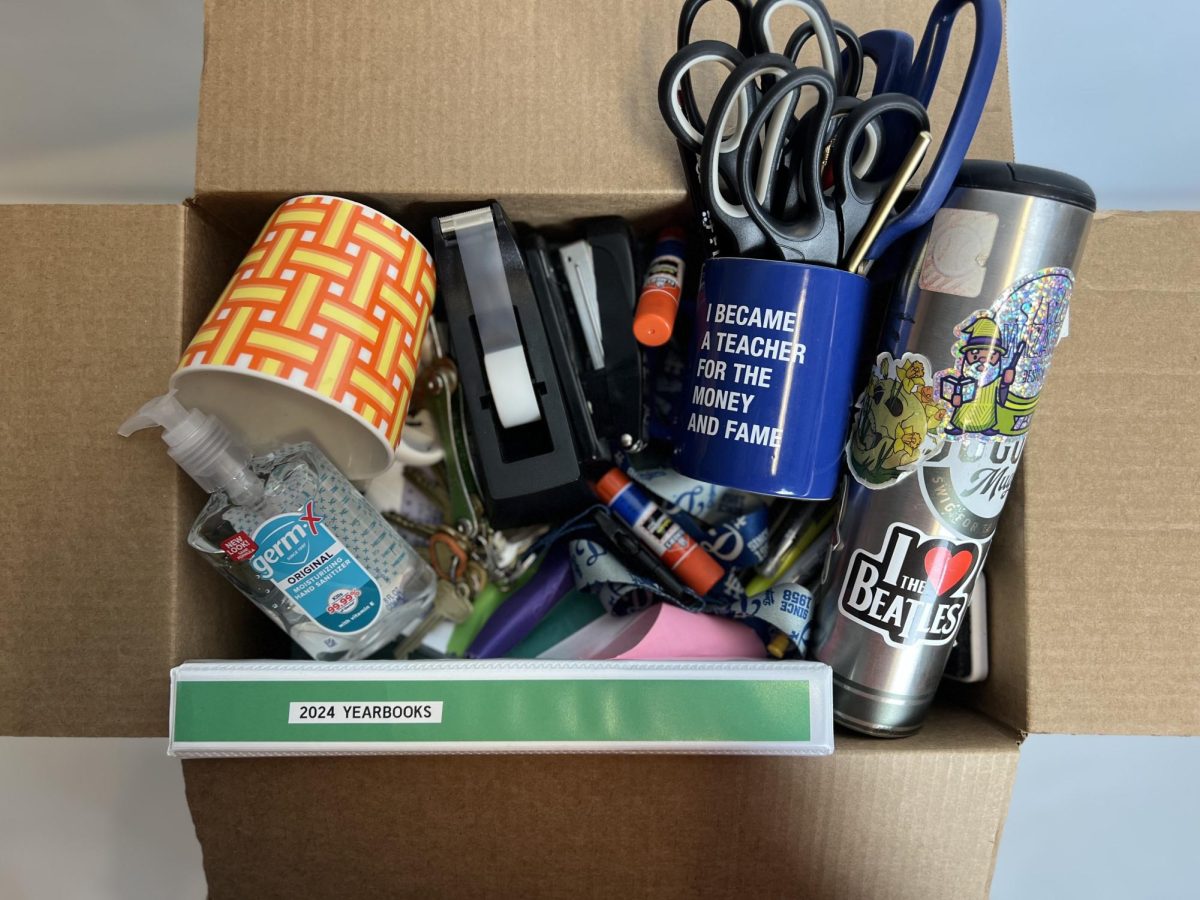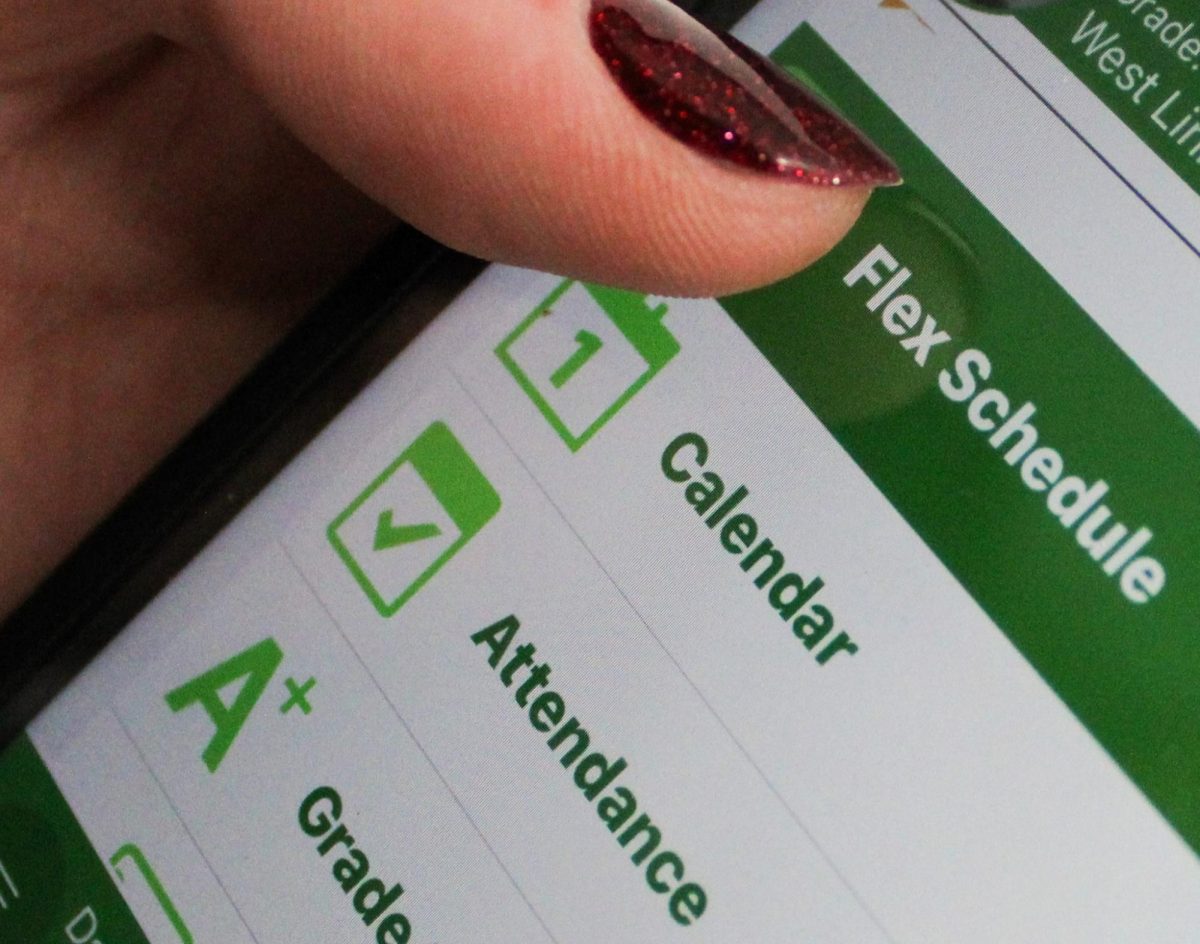If there is a test to make up, a career to learn about, or a needed conversation with a particular teacher, don’t be afraid to utilize the new Flex scheduling, also known as “access” periods.
During Life class, a student can participate in a Flex period. For the student, the Flex scheduling process includes receiving attendance from the life class teacher. After that, the student must head to the class they’re scheduled for the remainder of sixth period. Matt Cutler, high school teacher, has been involved with the process of access periods and the creation of Life class in general.
“[For access periods], we had [it] originally slated every time we have a Life class on a Friday which depending on how the calendar shakes out, was looking at like two or three a quarter,” Cutler said. “But we got a lot of feedback that students wanted more time for that. Now it’s looking like it’s going to be at least once every other week. We’ll adjust as necessary.”
For the time being, the newly-instated Flex scheduling is a prototype. Jocelyn McIntire, vice principal, has been working on the technicalities such as StudentVUE, which is the school’s app for students that includes grades, attendance records, transcripts, and schedules.
On StudentVUE, there is a new “Flex Schedule” tab listed below the “Calendar” tab. This tab aims to show if a student is being pulled out of their Life class. For example, on a given Flex schedule day, the “Flex Schedule” tab could read a different teacher and room that’s not the student’s regular Life class room and teacher. This means the student has been pulled out of the class, and should leave to that new room once Life class attendance is taken for the remainder of the period.
If the “Flex Schedule” tab still reads the student’s Life class room and teacher, this means the student hasn’t been pulled out of the class and must stay in their Life class for the remainder of the period
Synergy, which connects StudentVUE and TeacherVUE, is the main computer system the school districts use to assist communication between students, teachers, and administration.
“[We are trying to get] acquainted with the actual system in Synergy [and] understand how the computer program works to where it makes sense to teachers and to students,” McIntire said. “[This includes] what does it look like on StudentVUE, what does it look like on TeacherVUE because my view is completely different. So, [we’re] really trying to understand all those pieces.”
To combat obstacles like understanding Synergy’s system and handling the newly-instated life class as a whole, school administration has chosen to bring upon flex scheduling slowly.
“We wanted to test [flex scheduling] and see does this actually work? Did the process actually land and students were able to see what they were supposed to see? Did teachers see what they were supposed to see? So we’ve been slowly opening up more opportunities for access [periods],” McIntire said. “The very first time there were only three teachers that were allowed to pull kids because it was a practice, and so we’re getting to the place that I think flex time is going to be offered more often.”
To be able to be pulled into a class through the Flex schedule, students or teachers can initiate the schedule. For example, if a student needs to make up a test, the student could email or talk to the teacher to see if there is a Flex schedule option available. If there is a Flex schedule option, the teacher can assign the student down for that schedule. The teacher can also naturally assign the student for the flex schedule.
“Some individual teachers are now able to pull students, and so we are shifting to a place where we’ll have access, which will be more of a larger experience, where bigger groups of kids can be pulled,” McIntire said. “In Life class, we’re going to extend it to where during that study hall time, teachers can give a kid a note and say, ‘Hey, why don’t you come and make up this test for me today?’ So we’re hoping to grow the experience where we really are able to support students to the best of our ability.”
Students can also be flexed into career advice sessions with guest speakers. For example, guest speaker Ryan Smith, a shoe designer for Jordan Brand, spoke about his journey during a Flex period.
“We are trying to bring in some community members who have jobs and careers that students are interested in or folks who have skills that students are interested in,” Cutler said. “Students can sign up [and] instead of going and talking to a teacher, they can go and see this speaker about a career [that can be] a nurse or healthcare provider.”
The idea of Flex scheduling began in relation to this year’s new schedule and Life class. During the development of the West Linn-Wilsonville School District’s Life class, the idea of Flex scheduling grew and grew.
“This concept of having a Life class has been in development for quite some time,” McIntire said. “We knew at the start of the year, we would begin to implement [access periods]. We’ve just done it slowly over time. We wanted September to have everybody get used to our new schedule. So we had only a few access periods. We did add an additional one this [November], so we will increase slightly. Also, we still have to implement our college and career curriculum, so every Life class cannot be access [periods]. It just can’t.”
For now, administration will continue tinkering with Flex scheduling and gather input on what’s not working to create the best possible Flex scheduling experience.
“A part of that access is trying to be more equitable in our practices,” McIntire said. “If we say students can only make up a test, before school or after school, that’s really limiting. Some students are not able to after school or get here early. Having an access period allows all students to have access to their teachers to [get] the support they need.”
Want to learn more about a career during a Flex period? Fill out this survey to sign up for January career talks. The survey was provided by Kami Vermillion, the school’s College and Career Coordinator.


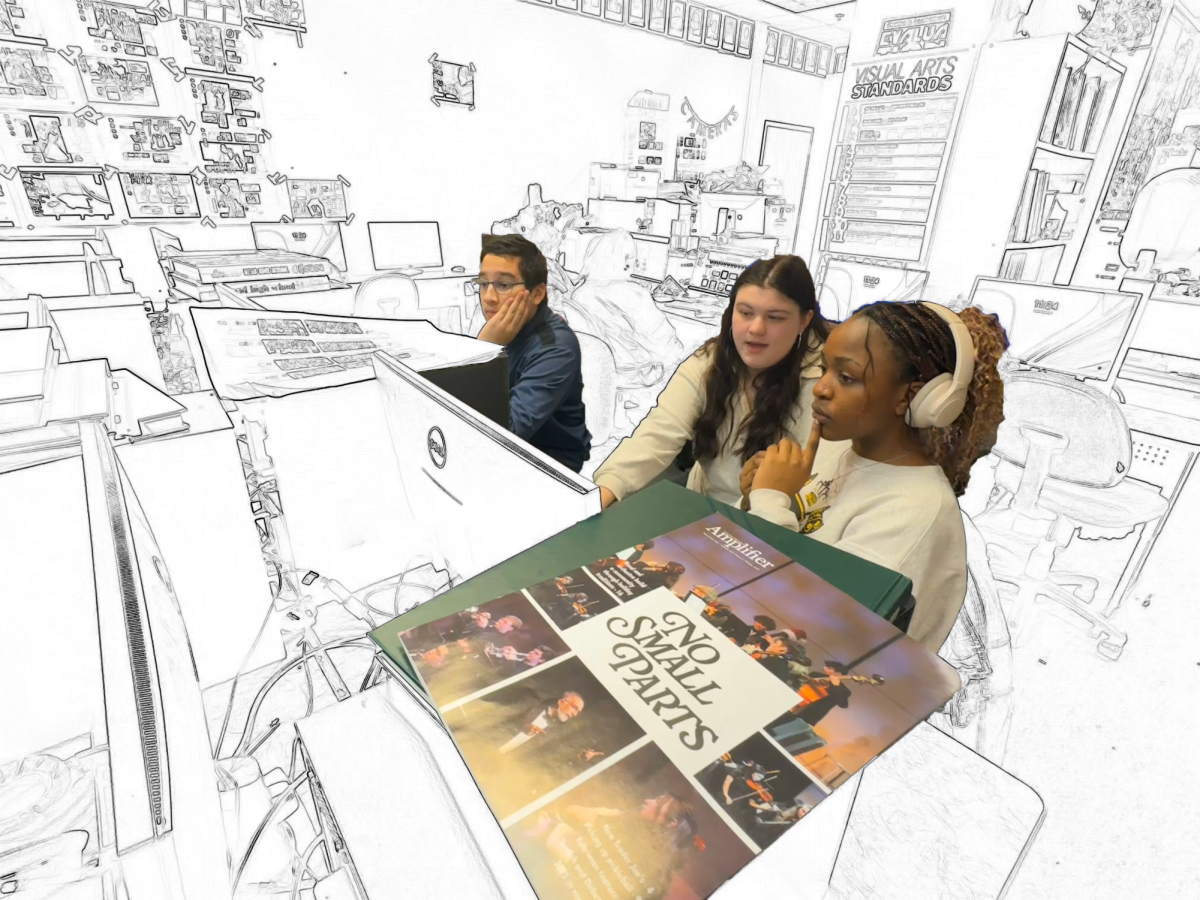


![Reaching out. Christopher Lesh, student at Central Catholic High School, serves ice cream during the event on March 2, 2025, at the Portland waterfront. Central Catholic was just one of the schools that sent student volunteers out to cook, prepare, dish, and serve food. Interact club’s co-president Rachel Gerber, junior, plated the food during the event. “I like how direct the contact is,” Gerber said. “You’re there [and] you’re just doing something good. It’s simple, it’s easy, you can feel good about it.”](https://wlhsnow.com/wp-content/uploads/2025/03/interact-1-edited-1200x744.jpg)







































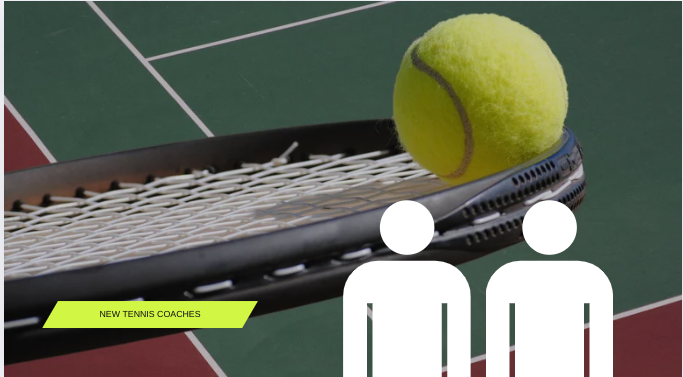
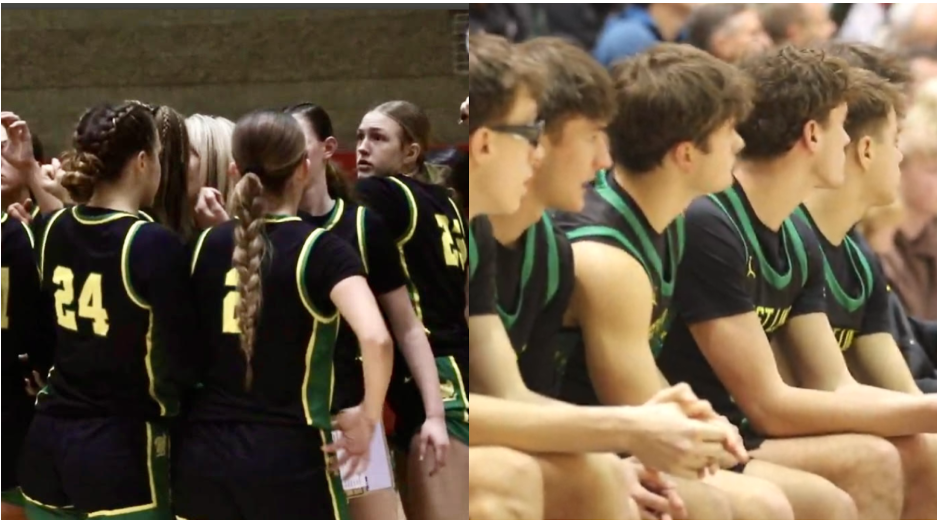













![At the bottom of the third inning, the Lions are still scoreless. Rowe stands at home plate, preparing to bat, while Vandenbrink stands off to the side as the next batter up. Despite having the bases loaded, the team was unable to score any runs. “It’s just the beginning of the season. We’re just going to be playing out best by June, [and] that’s where champions are,” Rowe said.](https://wlhsnow.com/wp-content/uploads/2024/03/IMG_3077-1200x900.jpg)
































